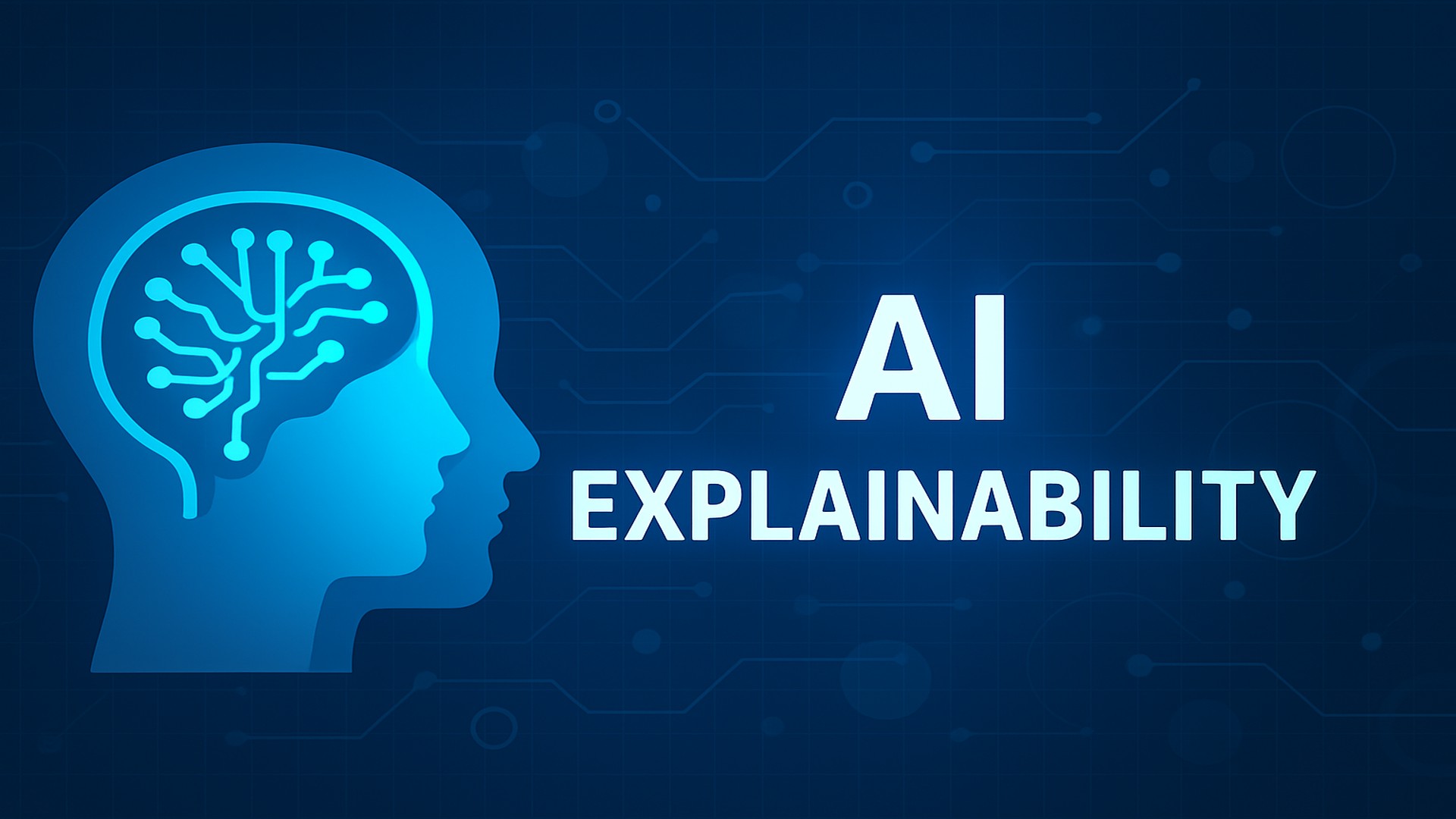Insurance Can’t Trust AI It Can’t Explain - Enter XAI

Ever feel like you’re being asked to approve a decision from your company’s AI-driven system, but you can’t quite explain why the model made the decision it did? You’re not alone. More insurance companies are running up against what I call the “AI trust wall.” Sure, we all love what automation can do—faster quotes, slicker claims, sharper risk selection. But when something goes wrong, it’s not enough to shrug and point to an algorithm.
Insurance carriers have long been hesitant about their AI systems because their inner workings cannot easily be understood. That’s not just about customer transparency (though regulators are demanding it). It’s deeper. When, as often is the case, your AI models are black boxes, your operational risk balloons. If auditors ask for a play-by-play, and underwriters flat-out refuse to let go of manual overrides, there’s your red flag.
When your team can’t point to something concrete behind each decision, risk piles up faster than claims during hurricane season. You might get by for a while, but sooner or later, someone will want details they can track, defend, and understand in plain language.
Technologically advanced carriers are leading the wave of explainable AI (XAI) adoption to meet the rising demands for transparency, regulatory compliance, and operational trust. Adoption is especially notable in property/casualty, health, and auto insurance sectors, where explainability is becoming a key differentiator and compliance enabler.
Also of Interest: Unpacking the 10-for-1 Deregulation Impact on Insurance Risk Strategies
Why Opaque AI Without XAI is a Minefield
Remember when predictive modeling hit the mainstream and suddenly everyone was a “data scientist”? That was until the NAIC started to pay attention and ask questions about the governance of the models, as well as disparate impact, audit trails, and documentation.
In the last couple of years, several US carriers got burned when their automated systems denied claims or spit out odd pricing that couldn’t be justified when regulators asked, “Why?” One sizable Midwest carrier spent six months and $700K reconstructing legacy systems because of decisions that their models couldn’t explain to state auditors. That’s time and money nobody budgeted for.
The National Association of Insurance Commissioners (NAIC) issued a model bulletin in December 2023, adopted by many states in 2024-2025. This bulletin explicitly recognizes that systems used by insurers—especially those driving underwriting, claims, fraud detection, and pricing—must address transparency and explainability.
New and proposed rules focus on more than just bias; they want “effective explainability.” As in, can you walk a regulator, a policyholder, or a judge through the decision and show your math? Auditability and trust have always been foundational pillars in the insurance industry, and that remains unchanged. Therefore, if AI is part of your digital transformation plan, explainable AI is a key component of it.

How SHAP and LIME Make XAI Work
When we talk about making AI model decisions clear and transparent, two names always come up: SHAP and LIME. They break down a model’s reasoning in ways humans can read.
SHAP and LIME are best described as methods or techniques (available as Python/R packages) for making complex decision systems understandable. In practice, they are also widely implemented as open-source software tools and libraries that professionals use in real-world projects
SHAP method (SHapley Additive exPlanations)
Shapley values were originally developed in the field of economics and cooperative game theory by Lloyd Shapley in 1953. It was meant to fairly distribute the payout or “value” among players working together in a coalition. The idea was to quantify each player’s individual contribution to the overall success of the group.
When this concept was applied to modern data models—like the ones insurers use—Shapley values help break down complex predictions by attributing how much each input factor (or “player”) contributed to the final decision, precisely and fairly. For example, in an underwriting model deciding a premium or claim outcome, the Shapley value tells you exactly how much “age,” “location,” “claims history,” or any other input pushed the risk score up or down for that specific case.
LIME (Local Interpretable Model-agnostic Explanations)
LIME is like the local inspector; it looks at a single problem rather than the bigger picture. It examines just one decision and runs quick “what if” experiments, revealing which factors pushed a recommendation over the finish line.
LIME’s approach is straightforward. Imagine you want to understand why a certain insurance claim was denied. Instead of trying to break down the whole model (which can be tens or hundreds of variables all tangled together), LIME looks closely at that one case. It runs simple “what if” scenarios around that specific decision to figure out which factors really tipped the scales. Like a detective, it highlights which variables mattered most in that single outcome without needing to know everything about the entire system.
So, in practice, LIME helps insurance professionals answer focused questions like “Why this claim, now?” or “What exactly pushed this customer’s premium up?” It’s a practical, on-the-ground AI explainability tool that builds confidence by turning complicated decisions into clear stories that anyone on the team can follow. It gives a pretty good insight that can stand up to any inspection.
How to Integrate Explainable AI Tools in Existing/New Insurance Workflows
Insurance carriers implement SHAP and LIME into their systems by embedding these methods directly into both new and existing decision workflows to achieve explainability and compliance.
For existing workflows, carriers typically integrate SHAP and LIME as modular add-ons alongside current models. Through APIs or microservices, these tools generate real-time or batch explanations that accompany standard outputs (such as underwriting scores or claim recommendations) without disrupting the licensed, tested core systems. Outputs appear as detailed feature impact profiles or local factor breakdowns within underwriter dashboards and claims platforms, enabling transparency on demand.
For new workflows, carriers design AI explainability into the model development lifecycle from day one. Data science teams train the models with the expectation that SHAP-based global explanations and LIME’s local decision analysis will feed directly into production pipelines. This ensures transparency is top-notch — used not just for audits but to trigger underwriter reviews, spot data drift, and refine processes continuously.
When it comes to infrastructure, carriers rely heavily on scalable cloud compute for explainability calculations, balancing batch portfolio-level analyses with low-latency local explanations for individual decisions. Governance processes mandate storing these explainability artifacts as part of audit trails and embedding them into compliance and fairness monitoring frameworks.
It is No Cakewalk…
Don’t let anyone tell you this is plug-and-play. Models still drift, and edge cases keep life interesting. If you’re serious about operationalizing XAI, plan for ongoing scenario tests, fairness reviews, and regular retraining. And, yes, you’ll need to teach up-and-coming underwriters the basics, but trust me: they’d rather have a real explanation in their toolkit than be the person responsible for defending a mystery.
Talk to the SimpleSolve team for an advanced AI-enabled core insurance system.
Topics: A.I. in Insurance





.jpg)


